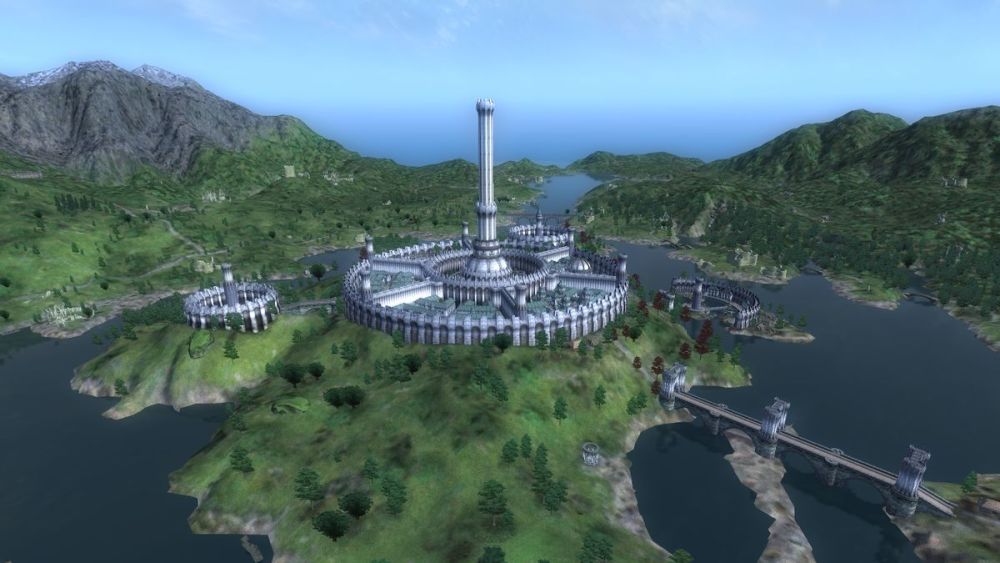

The history of tourism at the Imperial City of Hue, also known as The Citadel, is closely tied to the history of Hue itself – once the capital of Vietnam during the Nguyen Dynasty from 1802 to 1945. The Citadel is a grandiose complex of palaces, temples, walls, and gates, exemplifying the pinnacle of Vietnamese royal architecture and cultural heritage. For many years, it remained a symbol of Vietnam's imperial past and was largely the preserve of royalty and the elite.
The broader recognition of Hue's cultural and historical value began in the second half of the 20th century. As Vietnam opened up to international travelers in the late 1980s and 1990s, after the economic reforms known as Doi Moi, Hue's Imperial City emerged as a key attraction. Its fascinating history and unique architectural style attracted historians, architects, and tourists alike.
In 1993, the turning point for tourism at the Citadel came when UNESCO designated it as a World Heritage Site. This recognition played a crucial role in putting Hue on the global map and turned the Imperial City into a must-visit destination for those interested in the cultural heritage of Vietnam.
The UNESCO listing not only triggered increased tourist flows but also led to a concerted effort to preserve and restore the Citadel. Over the years, various restoration projects have been implemented to maintain the integrity and aesthetics of the site. These steps have made the site more accessible and attractive to visitors, leading to a consistent growth in tourist numbers.
In recent years, the experience of visiting the Imperial City has been greatly enhanced by the introduction of audio guides, cultural performances, and night tours that highlight the grandeur of the Citadel under the evening lights – offering a new perspective of the site's beauty.
One of the latest trends in tourism at the Imperial City is the combination of cultural and culinary experiences. Tour operators offer packages that include a visit to the Imperial City along with opportunities to savor authentic Hue cuisine, believed to be the fine dining of Vietnam due to its royal culinary traditions.
Eco-tourism and community tours are also on the rise, where tourists get to explore the natural landscapes around the city and interact with local communities, getting a glimpse into their way of life and traditions. This broader range of experiences caters to a variety of tourist preferences and promotes sustainable tourism practices.
Interactive and immersive experiences are becoming increasingly popular as well. Augmented reality tours, which allow visitors to virtually experience the Citadel at its zenith, are being developed. These digital enhancements are expected to attract a younger audience and make historical and cultural education more engaging.
As Hue continues to embrace its past while looking toward the future, the tourism landscape at the Imperial City (The Citadel) constantly evolves, promising a rich blend of historical grandeur and contemporary Vietnamese culture for all who visit.